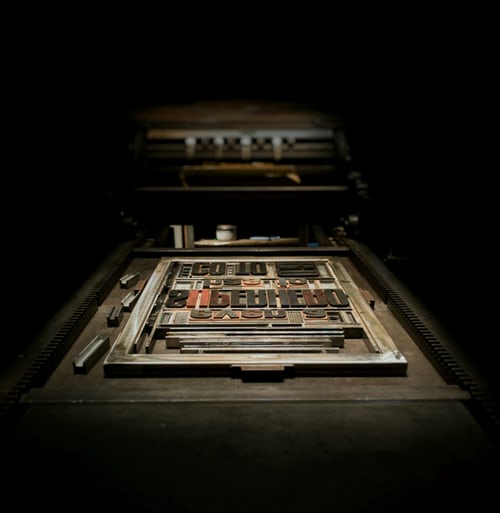Leading Printing Techniques
Printing is described as the method of transferring ink onto paper (or additional substrate) simply by a printing plate. A number of different printing technologies have already been developed and these can be split into four leading technologies according to the type of image carrier used.
Letterpress (Relief) Printing – Here, the printing factors(letters, lines, dots, etc.) are lifted. When the printing plate is inked, the ink binds to the raised (printing) elements and is then transferred under pressure onto the printing substrate. The main examples of this printing technique are letterpress which, until a few years ago, was the dominant printing technology and flexography which, from the middle of this century, had started to be used more and more in packaging printing.

Gravure Printing – Here, the printing substances are buried.The gravure cylinder surface is covered with low viscosity ink (“flooded”) and after that exceeded under a doctor blade which actually removes all the excessive ink, leaving ink only in the recesses. The printing material is pushed onto the cylinder surface and takes up the ink from the recesses.

Lithography – Here, printing and non-printing elements are at the same planographic point but are usually made from different supplies (e.g., aluminum and polymer coating) with different chemical and physical surface features. During printing, the non-printing elements are normally made ink-repellent first (by wetting)and the plate is then inked so the ink is taken up only by the printing spots. The main illustration of lithography is offset printing, which is in these days the dominant printing technology. Offset printing is an indirect printing technology, that is, the ink is first transferred to an intermediate carrier (rubber blanket) and from there into the substrate.

Screen Printing – Here, the printing plate is made of fine mesh (e.g., nylon). The non-printing materials of the mesh are obstructed by a coating (stencil). As with rotogravure printing, the screen plate is covered with ink and a squeegee (blade) is passed over it. Via the pressure of the squeegee the ink is pushed via the screen onto the substrate lying below.
